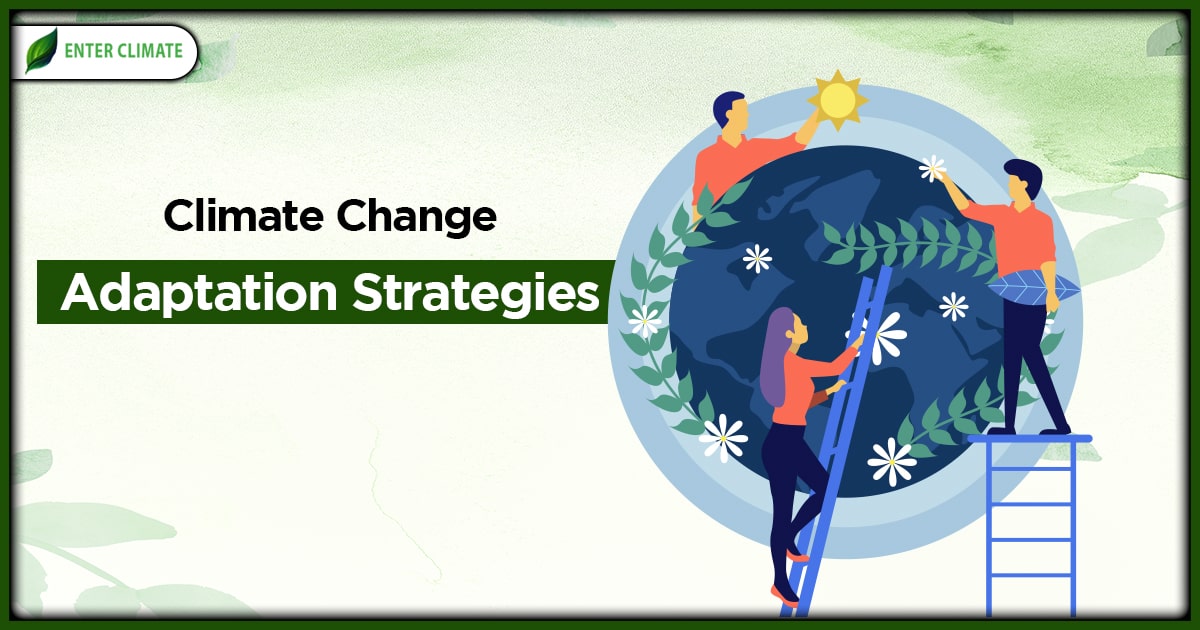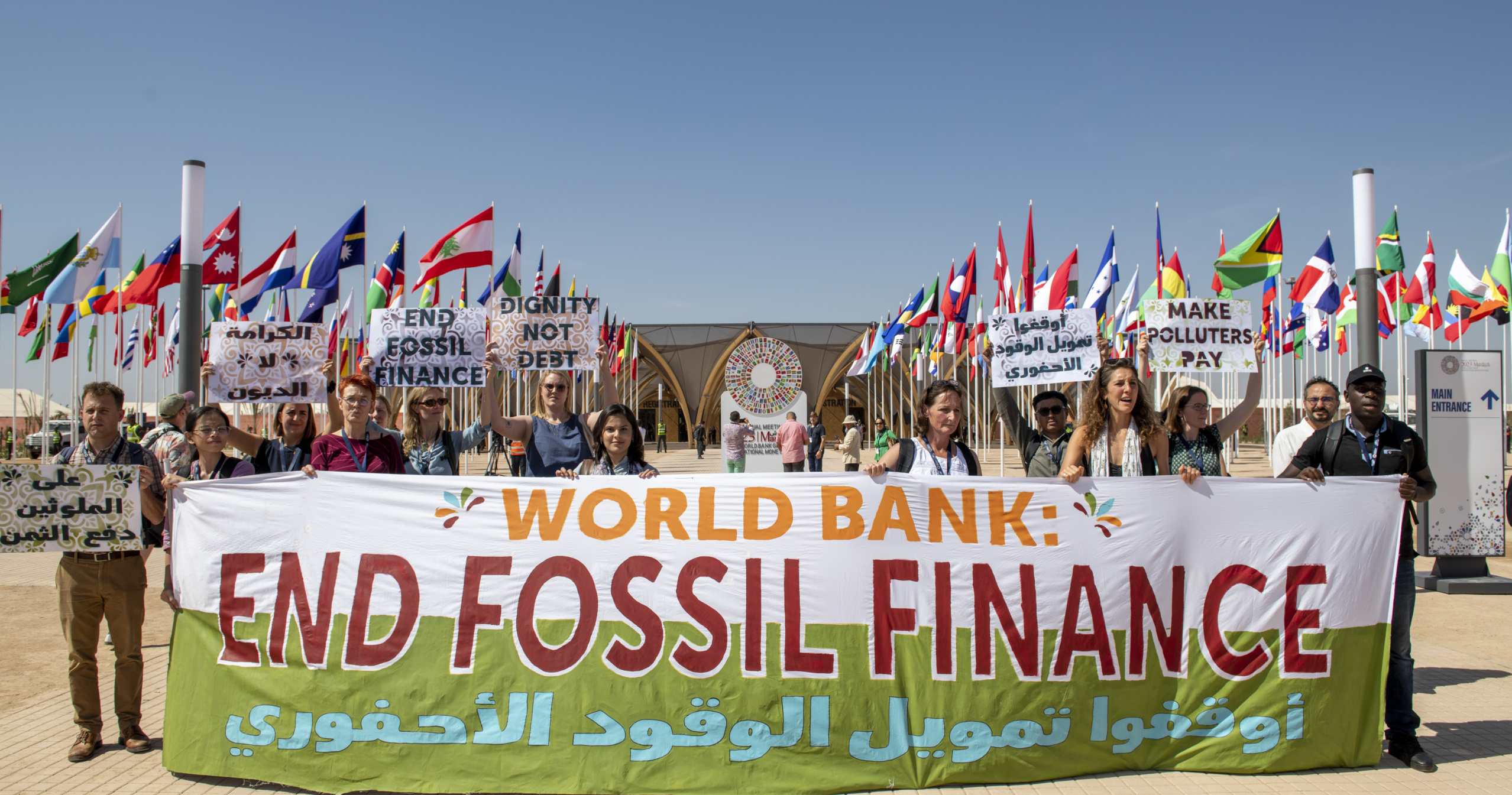Report on Aligning Fiscal Policy with the Sustainable Development Goals
1.0 Introduction: Intersecting Challenges in Sustainable Development
The effective implementation of the 2030 Agenda for Sustainable Development requires a comprehensive re-evaluation of fiscal policy, particularly in developing economies. Key policy questions regarding public finance for climate adaptation, infrastructure for the formal care sector, and the promotion of gender equality represent a defining challenge. Addressing these interconnected issues is fundamental to achieving multiple Sustainable Development Goals (SDGs), including SDG 5 (Gender Equality), SDG 13 (Climate Action), and SDG 8 (Decent Work and Economic Growth). The complexity of these challenges is conceptual, technical, and political, demanding updated frameworks that reflect the intricate relationship between human development and planetary boundaries.
2.0 The Evolving Framework for Development Finance
2.1 From Monterrey to the 2030 Agenda
The international policy context for development finance has evolved significantly since the 2002 Monterrey Consensus, which established a new spirit of global partnership to achieve the Millennium Development Goals. A foundational principle of this consensus, reaffirmed in the context of the SDGs, is the primary responsibility of each country for its own economic and social development. This principle of national ownership is a cornerstone of SDG 17 (Partnerships for the Goals).
2.2 Shifting Economic Geography and Domestic Capacity
The global economic landscape has transformed, increasing the capacity for domestic resource mobilization to finance the SDGs. This shift is evidenced by changes in country income classifications since 2002:
- Low-Income Countries (LICs): Decreased from 63 to 26.
- Middle-Income Countries (MICs): Increased from 92 to 104.
- High-Income Countries (HICs): Increased from 53 to 87.
This transition underscores that a greater number of nations possess enhanced capacity to finance their own path towards achieving the SDGs, although external vulnerabilities and the need for international cooperation remain critical, especially in the face of recent aid reductions.
3.0 Integrating Core SDGs into National Economic Policy
3.1 The Universality of the SDG Challenge
The principle of “universality” within the 2030 Agenda posits that all countries, regardless of income level, face shared challenges in achieving sustainable development. Core policy issues that are critical for the SDGs are present globally, including:
- Setting sustainable fiscal policy.
- Managing public debt to ensure fiscal space for SDG investment.
- Financing climate change adaptation in line with SDG 13.
- Building care infrastructure to support SDG 5 and SDG 8.
- Advancing gender equality (SDG 5) and reducing inequalities (SDG 10).
3.2 Embedding Gender Equality (SDG 5) in Public Finance
Achieving SDG 5 requires its integration into a holistic view of macroeconomic and public finance policymaking. The pursuit of gender equality cannot be siloed; it must be a central consideration in all economic strategies. Climate finance, development finance, public finance, and social policies are overlapping components of a unified puzzle aimed at sustainable and equitable development. Taxation and public investment strategies must be designed to be effective in reducing gender disparities and creating equal opportunities, thereby advancing progress across the entire 2030 Agenda.
Analysis of Sustainable Development Goals in the Article
1. Which SDGs are addressed or connected to the issues highlighted in the article?
- SDG 5: Gender Equality – The article explicitly mentions the goal of “advancing gender equality” as a defining challenge, focusing on “inequalities between men and women” and the “imperatives of equal opportunity.”
- SDG 8: Decent Work and Economic Growth – The text discusses “fiscal policy in developing economies,” “macroeconomic policymaking,” and the development of a “thriving formal care sector,” all of which are central to sustainable economic growth and job creation.
- SDG 9: Industry, Innovation and Infrastructure – The article highlights the need to “promote the infrastructure and services needed to support a thriving formal care sector” and the importance of “building care infrastructure.”
- SDG 10: Reduced Inequalities – The core theme is reducing disparities, specifically mentioning “inequalities between men and women” and the changing economic landscape of low, middle, and high-income countries, which relates to reducing inequality within and among countries.
- SDG 13: Climate Action – The article directly addresses the challenge of “public spending on climate adaptation” and “adapting to climate change” as a key consideration in public finance.
- SDG 17: Partnerships for the Goals – The text is framed around international cooperation, referencing the “Fourth International Conference on Financing for Development,” the “Monterrey Consensus,” “global partnership,” and the interplay between international aid and “domestic policy reforms.”
2. What specific targets under those SDGs can be identified based on the article’s content?
- SDG 5: Gender Equality
- Target 5.4: Recognize and value unpaid care and domestic work through the provision of public services, infrastructure and social protection policies. This is addressed by the article’s focus on promoting “infrastructure and services needed to support a thriving formal care sector.”
- Target 5.c: Adopt and strengthen sound policies and enforceable legislation for the promotion of gender equality. The article’s discussion on using “taxation and public investment strategies that are effective in reducing disparities” between men and women aligns with this target.
- SDG 10: Reduced Inequalities
- Target 10.4: Adopt policies, especially fiscal, wage and social protection policies, and progressively achieve greater equality. The article’s central theme revolves around using “fiscal policy,” “tax policies,” and “public investment strategies” to reduce inequalities.
- SDG 13: Climate Action
- Target 13.a: Implement the commitment undertaken by developed-country parties to the United Nations Framework Convention on Climate Change to a goal of mobilizing jointly $100 billion annually. The article’s mention of “public spending on climate adaptation” and “climate finance” directly relates to the mobilization of financial resources for climate action.
- SDG 17: Partnerships for the Goals
- Target 17.1: Strengthen domestic resource mobilization, including through international support to developing countries, to improve domestic capacity for tax and other revenue collection. The article highlights the “impetus for domestic policy reforms” in response to “aid cutbacks,” emphasizing that countries have “more capacity to finance their own future.”
3. Are there any indicators mentioned or implied in the article that can be used to measure progress towards the identified targets?
- Changes in Country Income Classification: The article explicitly uses the change in the number of Low-Income Countries (LICs), Middle-Income Countries (MICs), and High-Income Countries (HICs) between 2002 and the present (“from 63 LICs… to 26 LICs”) as a measure of economic development and shifting global wealth. This serves as an indicator for progress on reducing inequality among countries (SDG 10).
- Public Spending on Climate Adaptation: The article directly refers to “public spending on climate adaptation” as a key fiscal policy issue. The amount and proportion of national budgets dedicated to this can be used as a direct financial indicator for progress on SDG 13.
- Investment in Care Infrastructure: The focus on “building care infrastructure” and a “formal care sector” implies that public and private investment in these areas can be measured as an indicator of progress towards recognizing care work and promoting gender equality (SDG 5).
- Domestic Resource Mobilization: The discussion of “aid cutbacks” prompting “domestic policy reforms” and countries having “more capacity to finance their own future” implies that metrics like tax revenue as a percentage of GDP would be a relevant indicator for measuring progress on SDG 17.
4. Summary Table of SDGs, Targets, and Indicators
| SDGs | Targets | Indicators |
|---|---|---|
| SDG 5: Gender Equality | 5.4: Recognize and value unpaid care work through public services and infrastructure. 5.c: Adopt sound policies for the promotion of gender equality. |
Investment levels in building “care infrastructure” and a “formal care sector.” |
| SDG 10: Reduced Inequalities | 10.4: Adopt policies, especially fiscal policies, to achieve greater equality. | Changes in the number of countries classified as Low-Income, Middle-Income, and High-Income. |
| SDG 13: Climate Action | 13.a: Mobilize financial resources to address the needs of developing countries in adapting to climate change. | Amount of “public spending on climate adaptation.” |
| SDG 17: Partnerships for the Goals | 17.1: Strengthen domestic resource mobilization to improve domestic capacity for tax collection. | Effectiveness of “domestic policy reforms” and capacity to finance development from domestic resources following “aid cutbacks.” |
Source: brookings.edu







